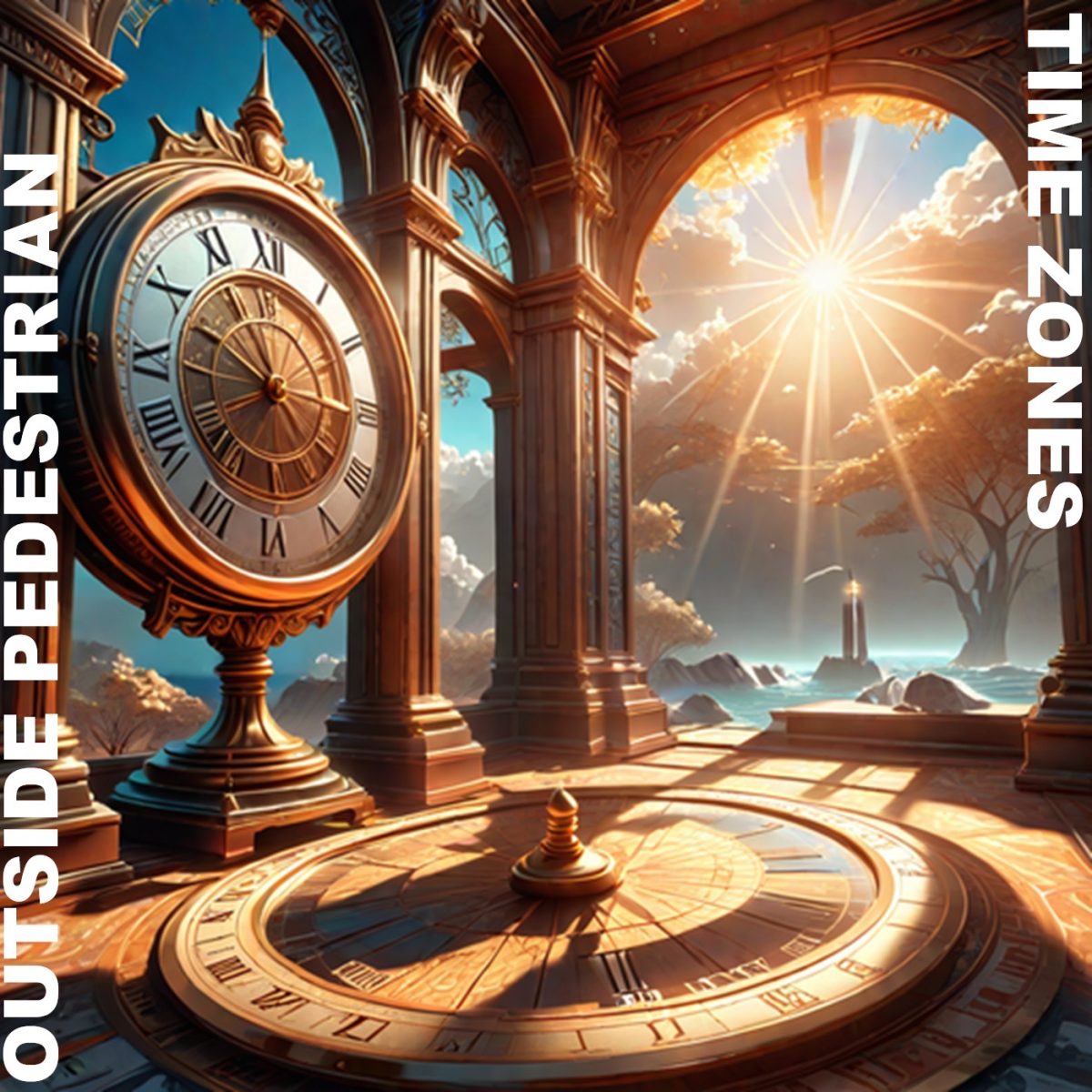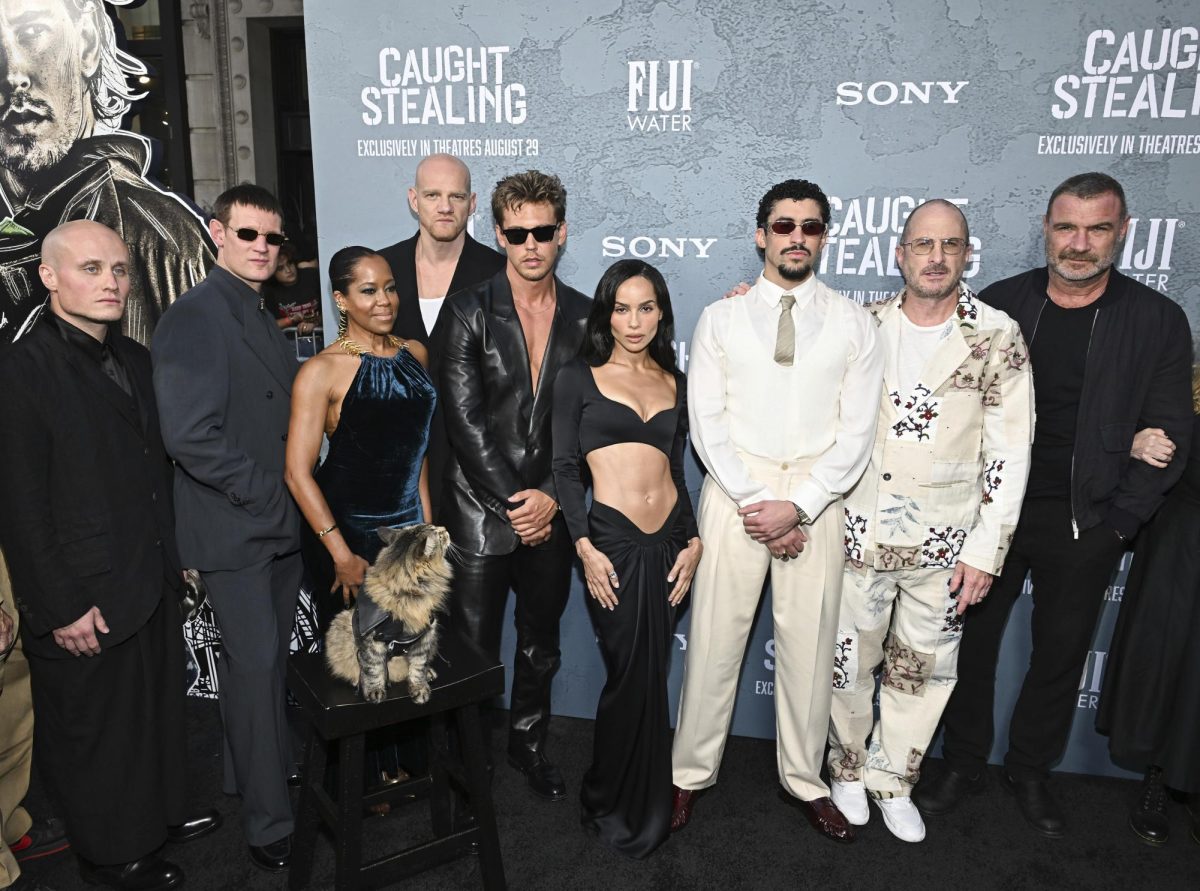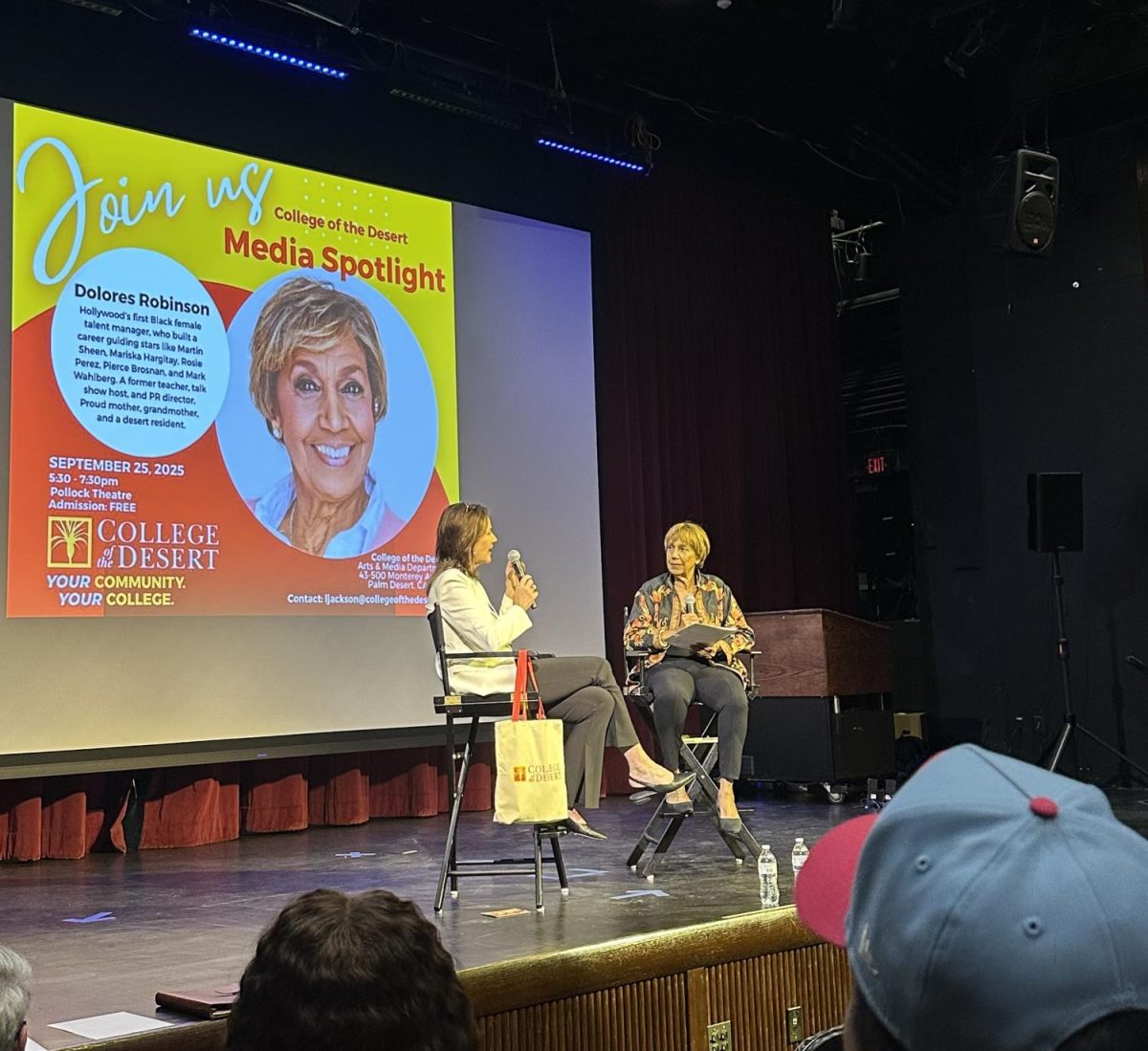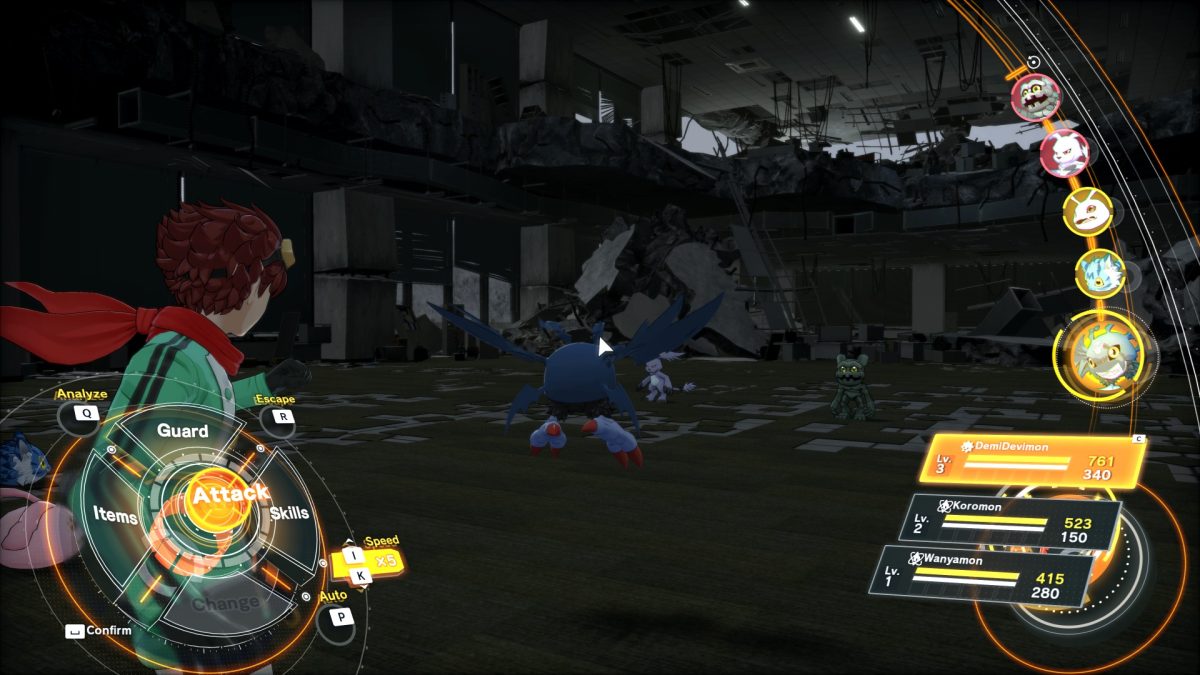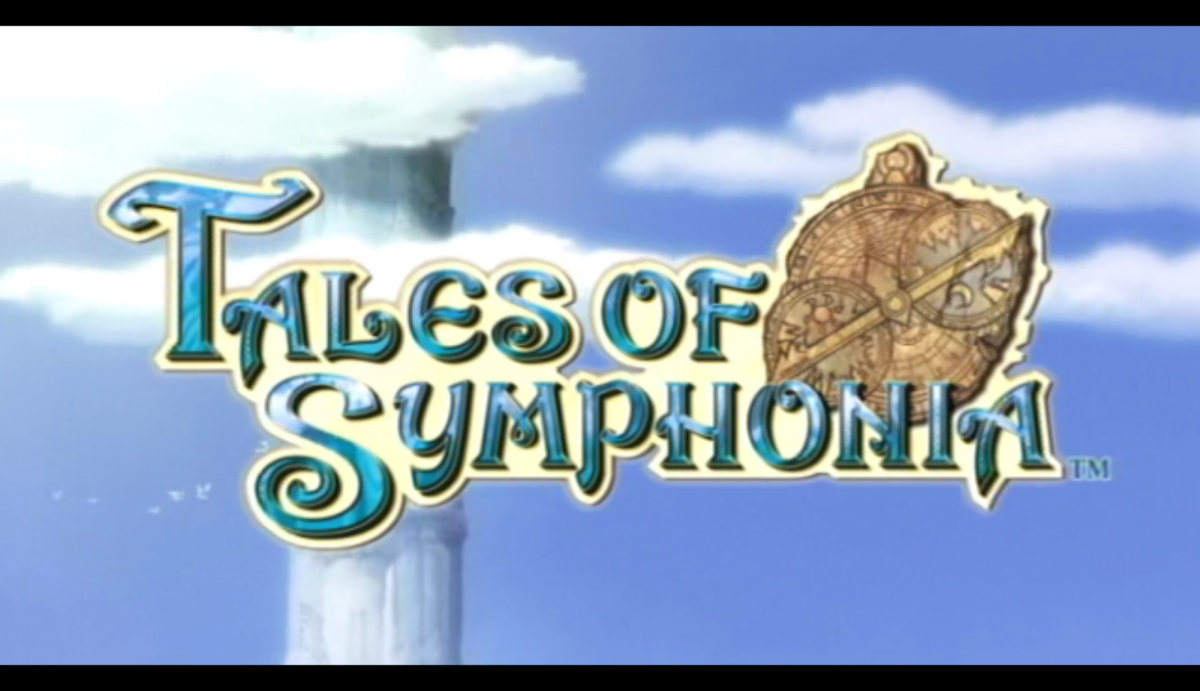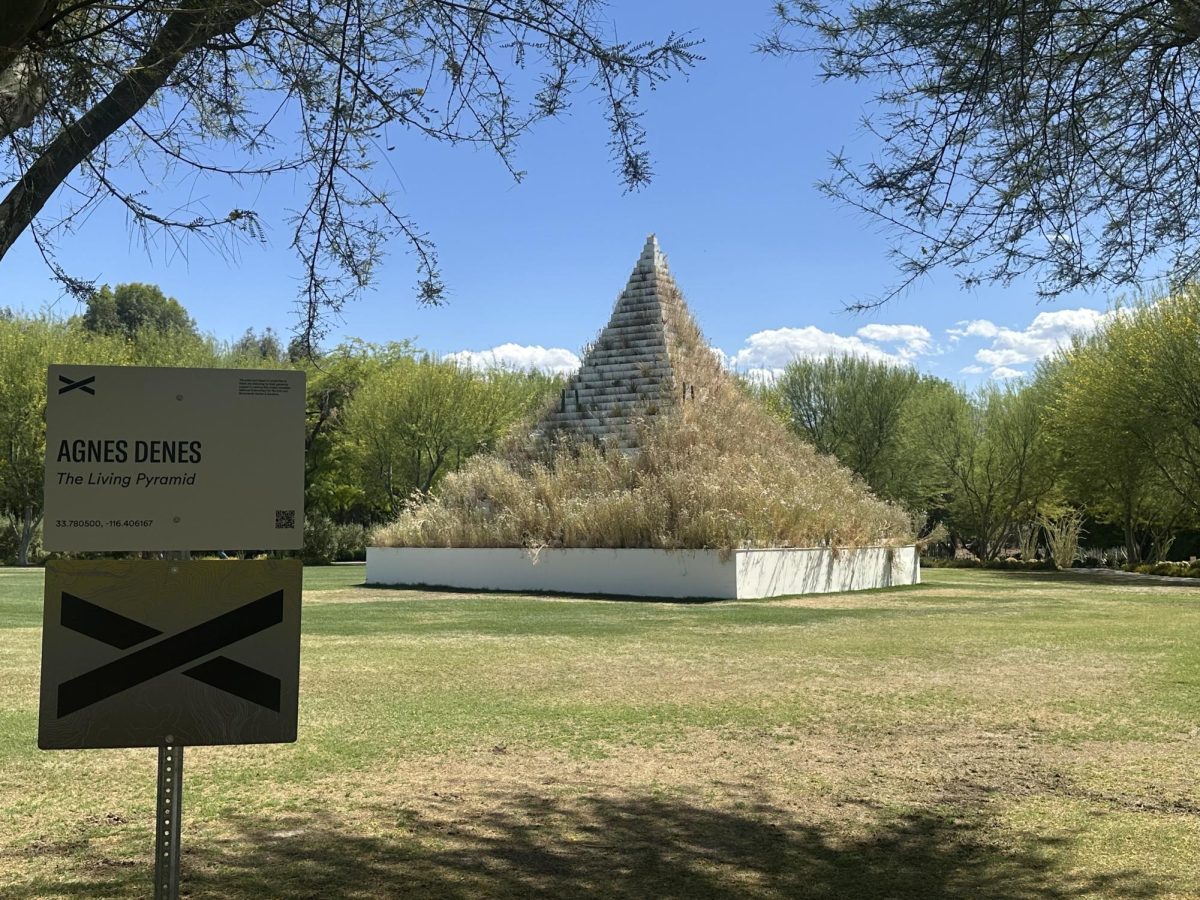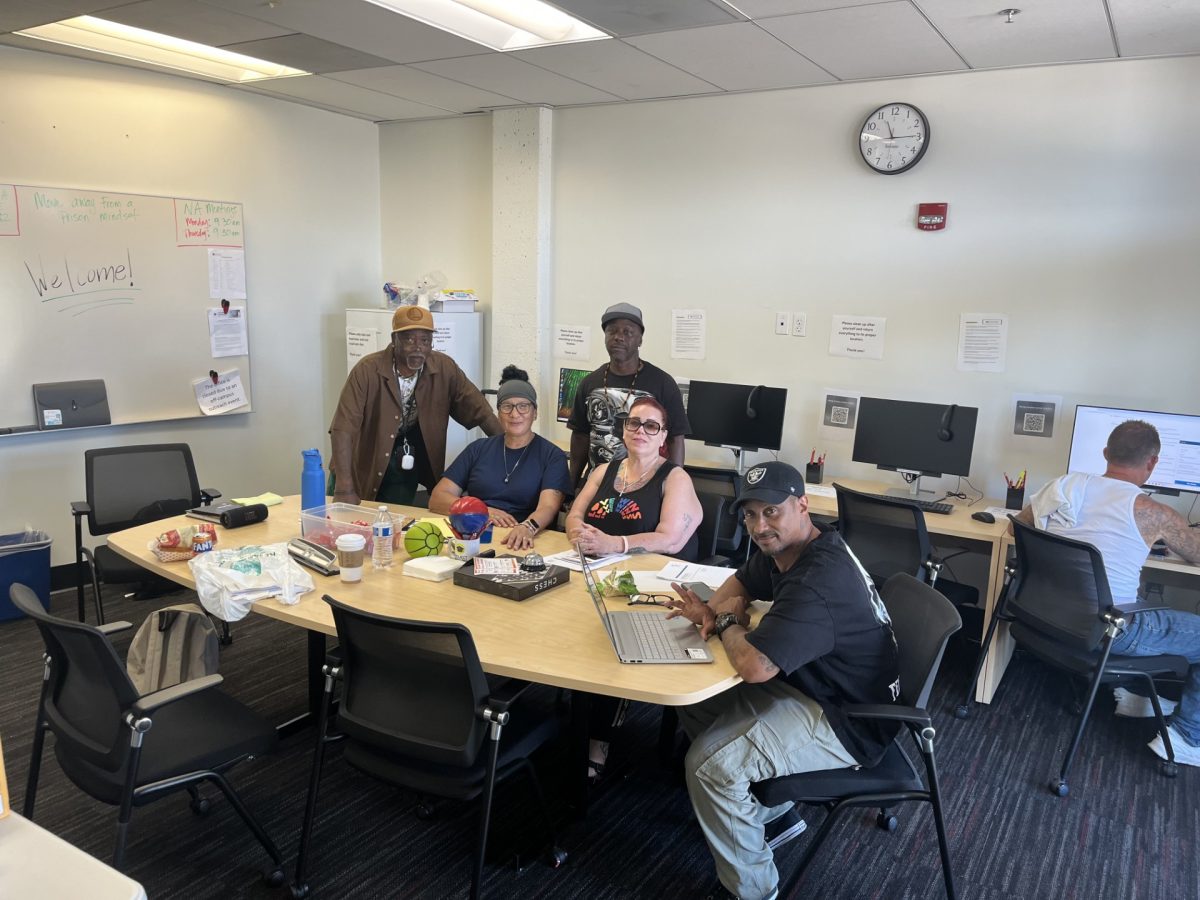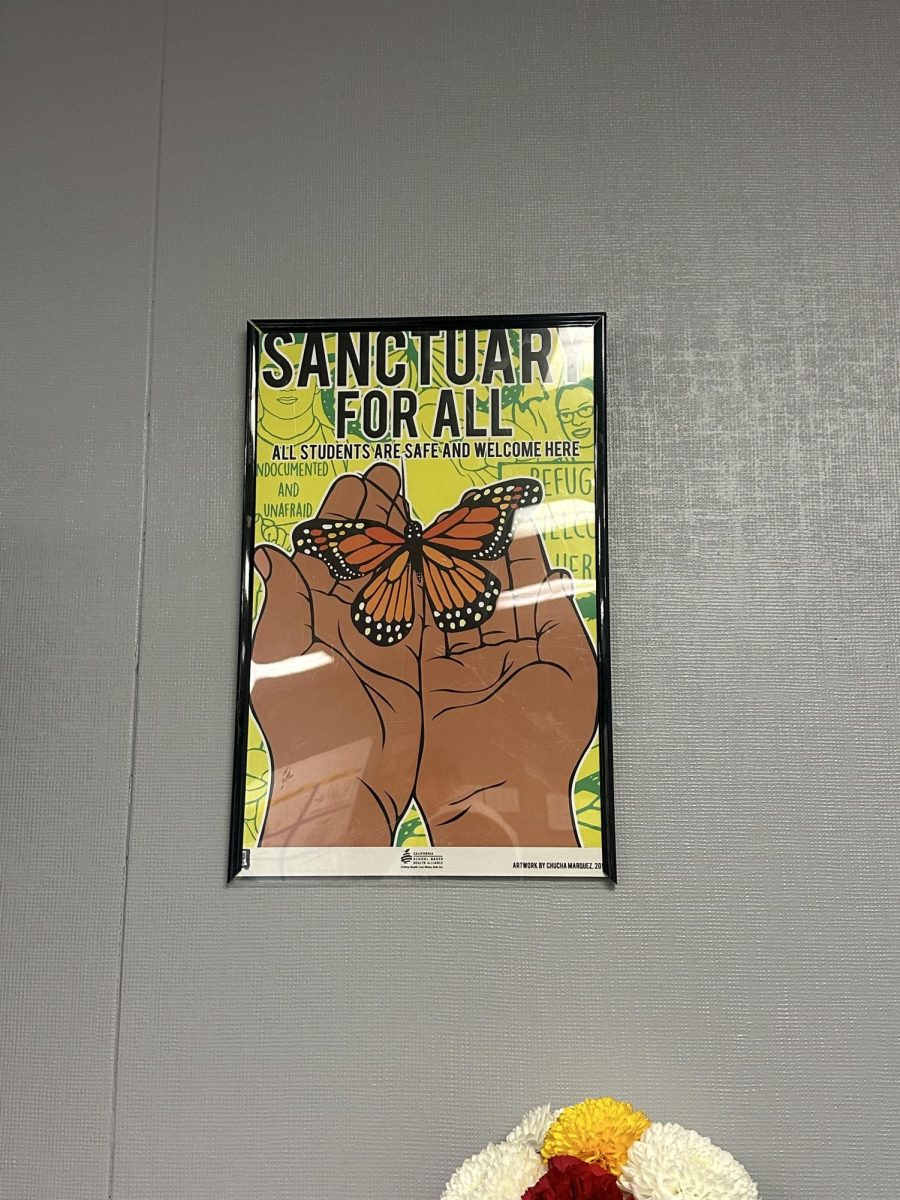The band Outside Pedestrian will release a new album, “Time Zones,” on Nov. 1, 2024. The album will be available to stream on all platforms, such as Apple Music, Spotify, SoundCloud and other music platforms.
Outside Pedestrian, formed in the late 90s, has evolved through various lineups and locations. Members include Anthony Fesmire, the Professor of Music at College of the Desert, on guitar, David Lockeretz on bass and drummers Steve Tashijan and David Oromaner.
They have released three albums, with their latest, “Time Zones,” featuring a mix of jazz and rock influences. The album was recorded remotely during the COVID-19 pandemic, with each member contributing separately in their home.
The Chaparral had the honor of speaking to two members of Outside Pedestrian, David Lockeretz and COD’s very own Professor of Music, Anthony Fesmire, about their upcoming album and the band as a whole.
When did the band Outside Pedestrian start?
“The three of us met at Berkeley in the mid-’90s, and in the late ’90s, I came out for a visit just for the fun of it. We had an additional eight-track quarter at the time, and the three of us recorded some tunes together. Then the following year, 1999 I moved to California, and that’s when this band kind of became a permanent fixture.” Lockeretz said.
The band Outside Pedestrian had recorded two records. After some time, Fesmire had moved away, and within a couple of years, he had gotten a position as a professor for College of the Desert.
That didn’t stop them from making music together. During the band’s hiatus, they came up with more material and were excited to record. The band even found a new drummer, Oromanor, who turned out to be a great fit. They recorded their third and most recent record.
How long have you been working on the new album “Time Zones?”
“During the pandemic, Anthony had the idea that why should we let the distance prevent us from making music? And here we are today,” Lockeretz said.
The album “Time Zones” is recorded remotely from their own studio homes and is truly inspiring for artists who tend to live far away from each other.
“So it’s been probably about two and a half years, maybe three, since we released a couple of the singles. But then over the last year, we’ve really kind of put the moment behind it to get more material together.” Fesmire said.
What kind of sounds are we expecting in the new album?
“This latest album just sort of evolved in more of a rock direction. So there’s a lot of jazz elements on it. It’s interesting to think about our albums, because, again, what we do is pretty eclectic, and we have a lot of influences”
Fesmire stated that he started the jazz program at COD and a lot of what he does is very traditional from jazz history. With that being said, Fesmire dabbles in all sorts of genres of music. “I’m also really rooted in rock and metal and stuff like that too. And so, if you go back and listen to our first album, it’s heavily jazz-oriented,” he said.
The new album offers a bunch of diverse sounds that are truly unlike any other jazz album. It mixes sounds such as rock, blues, and of course jazz.
Not only does the album offer new sounds, but former drummer Steve Tashijan is back on four new tracks on the album, with Oromanor on four other songs as well. Not to mention that they both play together on the cover song, “Walk Don’t Run.”
“I think that we were going for unpredictable tunes, a lot of changes in dynamics, changes in time signatures, changes in feel. I think we’d always try to do that to a degree. But I also think that since we were recording remotely, each of us had our recording setup in our house, so we had more time to try different things. Whereas if you’re in the studio, you’re usually at more time constraints” Lockeretz added.
Lockeretz sums up the album as “unpredictable” and he believes that the other members would agree.
How would the communication process happen?
“With this album, the first thing that we decided was to just collaborate on everything. So he would come up with something, or I would come up with something. We’d write out the sheet music for it, generally do a rough recording of some ideas that we had, and then we’d send it to the other and then would kind of tweak it, add some stuff to it, fix the chart up the music, and send it back.” Fesmire says that this process would go on at least three or four times until they settled on something they both liked.
This process is relatively new because, in their past three albums, Lockeretz and Fesmire only collaborated on one song in terms of composition. Fesmire states that every other song was either written by him or Lockeretz separately until they met face-to-face to rehearse.
As for the recording process, the musicians employed a layered, remote approach, mirroring the process many artists use in traditional studios. They created a digital “dummy track” with programmed drums, then added guitar, and sent it to the bassist to add his part. Finally, one of their drummers recorded live drums, sending the final drum track back to complete the song. The remote setup allowed for more experimentation and flexibility in the recording process.
Although scattered across the country, this method is standard even in major studios, where most albums are assembled in layers rather than recorded live. This approach has become especially common in modern pop production, due to its quick feedback and collaboration.
What’s in store for the future?
The band has two upcoming shows, including a concert at COD in the Polluck Theatre on Apr. 26 and a performance at the University of Redlands on Feb. 19.
“David is also finishing up a solo album, some pretty cool stuff, completely more acoustic-oriented, mandolin and piano and acoustic bass and drums and so, so I’m starting to mix that album as well,” Fesmire said.
The band plans to focus on these projects in the spring and summer before thinking about new material.
The album “Time Zones” will be released on Nov. 1st. It is filled with unpredictability and diversity, making it anything but ordinary. You can stream it on Amazon Music, Pandora, and other streaming platforms.

